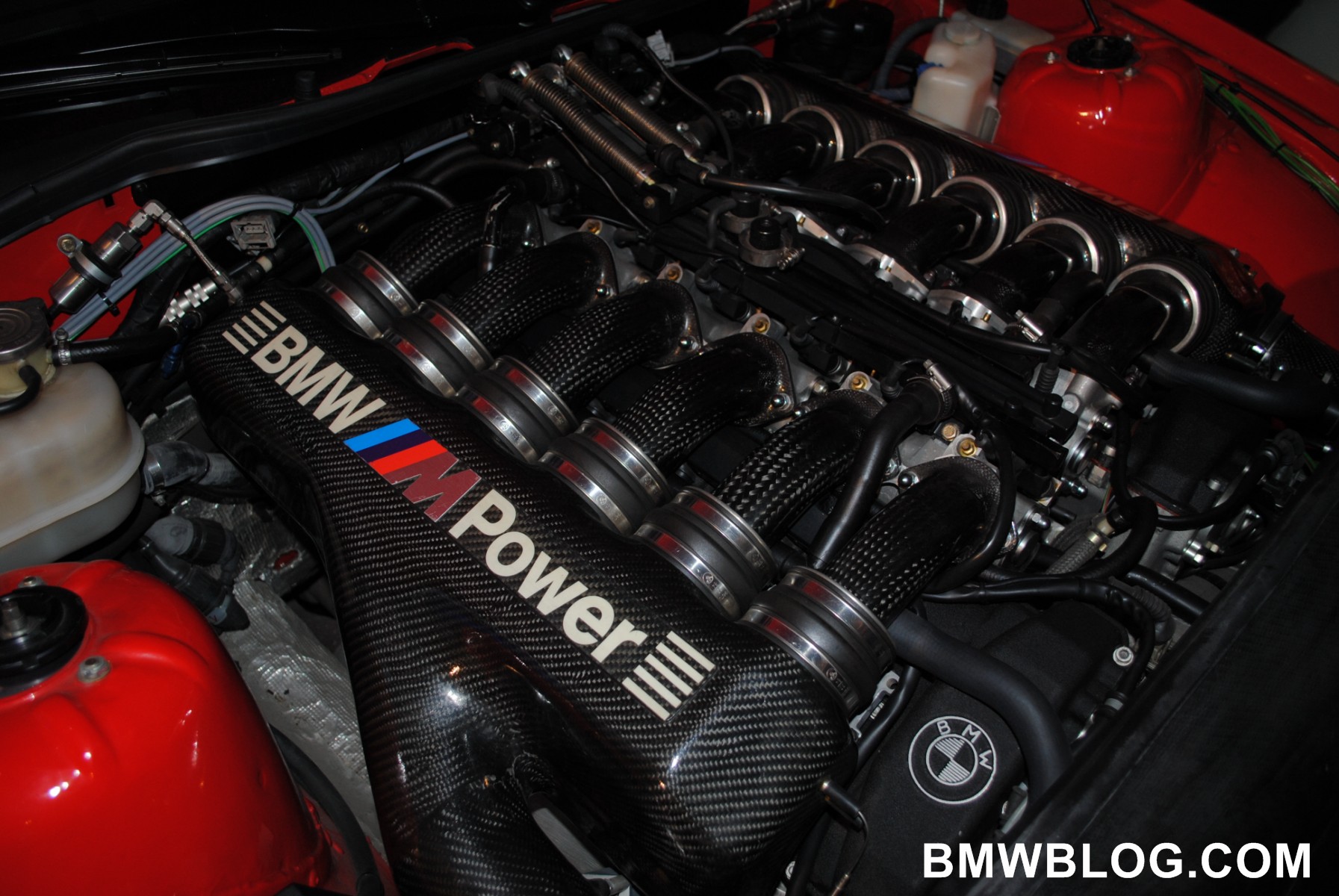Exploring the Development of Combustion Engines in Modern Transportation Systems
As we navigate the landscape of modern-day transportation, the advancement of burning engines stands as a testament to human resourcefulness and design prowess. The interaction of history, modern technology, and ecological concerns in forming the trajectory of burning engines creates a story that is both engaging and informative.
Very Early Beginnings of Combustion Engines
How did the idea of combustion engines initial emerge in the very early stages of transport development? When the principles of inner combustion were initial explored, the origins of combustion engines can be traced back to the 17th century. In 1673, Christian Huygens conceived a basic interior burning engine that utilized gunpowder to create power. However, it had not been until the late 19th century that functional applications of burning engines in transportation started to emerge.
The innovation moment included the invention of the first successful gasoline-powered engine by Karl Benz in 1885 - bmw engine. This engine led the way for the development of the contemporary car, revolutionizing transportation systems worldwide. Subsequent technologies by Nikolaus Otto and Gottlieb Daimler further fine-tuned combustion engine technology, causing the automation of automobiles and the rapid expansion of the transportation market
These very early burning engines were identified by their simpleness and performance, laying the structure for the complicated and powerful engines used in modern transport systems. The advancement of burning engines has been critical in shaping the way we travel and transport items, marking a considerable milestone in the background of transport advancement.
Shift to Internal Burning Innovation
The transition to inner burning modern technology noted a critical shift in the advancement of transport systems. This change started in the late 19th century, with inventors like Nikolaus Otto and Gottlieb Daimler creating the very first successful inner burning engines. These engines transformed transport by using a more reliable and powerful alternative to vapor engines and electric motors.
Among the crucial advantages of inner combustion engines was their capacity to be scaled down to suit automobiles, leading to the growth of bikes and vehicles. This change from bulky, fixed engines to compact, mobile ones led the way for the contemporary transportation systems we see today.
The shift to internal combustion technology likewise stimulated innovations in fuel innovation, leading to the advancement of fuel and diesel as primary gas resources for lorries. This shift not just made transportation a lot more easily accessible to the masses but additionally laid the structure for the oil and gas sector to become integral to global economic situations.
Impact of Combustion Engines on Transport
The fostering of burning engines in transportation systems catalyzed an extensive change in the efficiency and rate of global movement. Burning engines changed transportation by offering a versatile and reputable resource of power for numerous vehicles, including automobiles, vehicles, ships, and aircrafts. This innovation considerably improved the capability for products and people to move over fars away in shorter time structures, bring about increased connection in between areas and countries.
Moreover, the extensive use of combustion engines has had a considerable influence on financial development. The capacity to transfer goods successfully has actually stimulated trade and commerce, permitting organizations to broaden their markets and get to customers worldwide. This has actually helped with economic development and globalization, as items can now be carried faster and in larger amounts than ever.
Nonetheless, the ecological effect of combustion engines can not be overlooked. The burning of fossil fuels has brought about air contamination click here for more info and greenhouse gas emissions, adding to environment modification and posing wellness dangers to populations. bmw engine. Because of this, there is an expanding emphasis on creating alternate propulsion technologies to alleviate these negative results and produce a more lasting future for transportation
Technologies in Combustion Engine Design
One noteworthy development is the advancement of turbocharged engines, which use exhaust gases to drive a turbine that presses inbound air, permitting for more fuel to be charred, resulting in enhanced power output without a significant rise in engine dimension. Variable valve timing systems have additionally changed engine style by enhancing airflow at various engine rates, enhancing both power and performance. These innovations jointly contribute to the continual enhancement of combustion engines in modern-day transport systems.
Future Patterns in Combustion Engine Development
With innovation advancements driving constant technology, the future of combustion engine advancement is poised to change transportation systems internationally. One of the vital trends in burning engine growth is the push towards higher performance and reduced emissions.
One more noticeable trend is the adoption of crossbreed modern technologies in combustion engines. Hybrid engines integrate standard burning modern technology with electric power, providing enhanced gas efficiency and reduced exhausts. As the automotive industry shifts towards electrification, hybrid combustion engines are seen as a transitional option that links the void in between traditional automobiles and totally electrical ones.
In addition, the assimilation of clever modern technologies, such as expert system and data analytics, is expected to play a significant role in the future of burning engine advancement. These innovations can maximize engine performance in real-time, bring about much more effective combustion processes and improved total lorry efficiency. Accepting these future fads will not just drive advancement in combustion engine advancement however likewise contribute to a more ecologically friendly and sustainable transportation environment.

Verdict
In final thought, the development of burning engines in modern-day transportation systems has actually been noted by significant advancements in innovation and design. From the very early starts of combustion engines to the change to interior combustion technology, these engines have actually had a profound influence on transportation.
The origins of combustion engines can be traced back to the 17th century when the concepts of internal burning were first discovered. These engines reinvented transportation by supplying a much more effective and reliable choice to heavy steam engines and electrical motors.
